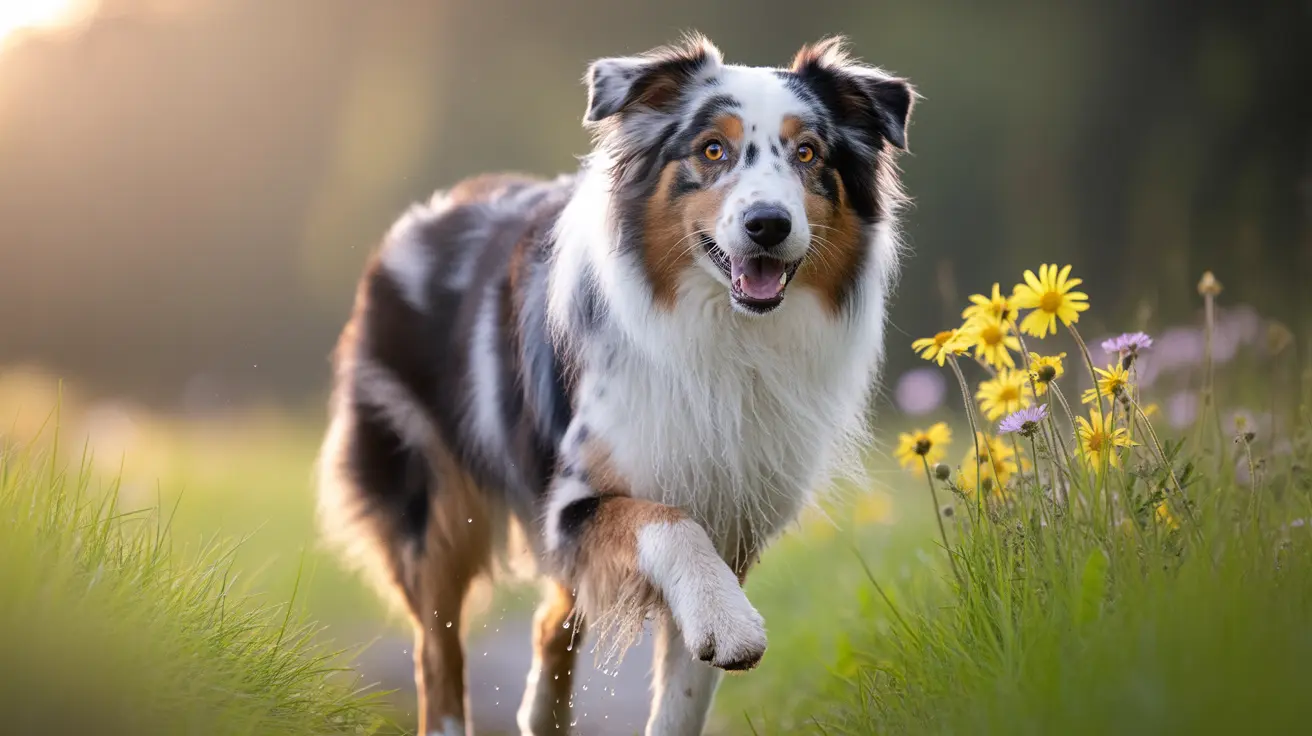The Science Behind Dogs' Frequent Urination on Walks
Dogs use urination for much more than just relieving themselves. It's a complex form of communication and territorial marking that's deeply rooted in their evolutionary history. When your dog pees multiple times during walks, they're often engaging in what experts call "scent marking" – leaving their "business card" for other dogs to find.
Natural Marking Behavior vs. Medical Concerns
Territorial Marking
Most frequent urination during walks is simply territorial marking. Dogs leave their scent to communicate various messages to other dogs, including:
- Their presence in the area
- Their reproductive status
- Their rank or social position
- Recent activities and health status
Medical Red Flags
While marking is normal, certain patterns might indicate health issues:
- Straining to urinate
- Blood in the urine
- Excessive water consumption
- Accidents in the house
- Unusual urgency or frequency
The Impact of Age and Reproductive Status
A dog's age and whether they're spayed or neutered significantly influence their urination patterns during walks. Intact males typically mark more frequently, especially when they detect a female in heat. Similarly, unspayed females may mark more during their reproductive cycle.
Behavioral and Environmental Factors
Many dogs increase their urination frequency due to:
- Anxiety or stress
- Excitement
- New environments
- The presence of other dogs
- Changes in routine
Managing Excessive Urination During Walks
To help control frequent urination during walks:
- Establish a consistent walking routine
- Consider spaying or neutering
- Work with a trainer for anxiety-related marking
- Keep walks calm and structured
- Monitor water intake
Frequently Asked Questions
Why does my dog pee multiple times during walks — is it marking territory?
Yes, multiple urinations during walks are typically territorial marking behavior. Dogs use their urine to communicate with other dogs and establish their presence in an area. This is entirely normal behavior, especially in intact males and females.
Can my dog's frequent peeing on walks be caused by medical issues like infections or diabetes?
Yes, excessive urination can indicate medical conditions such as urinary tract infections, diabetes, kidney disease, or bladder stones. If your dog shows additional symptoms like increased thirst, accidents at home, or straining to urinate, consult your veterinarian.
How does my dog's reproductive status affect how much they urinate while outside?
Intact (non-spayed/neutered) dogs typically mark more frequently than fixed dogs. Males especially mark more when they detect a female in heat, while females may mark more during their heat cycle.
What behavioral reasons cause dogs to urinate more on walks, such as anxiety or excitement?
Dogs may urinate more frequently due to anxiety, excitement, stress in new environments, or when meeting other dogs. This behavior can serve as a coping mechanism or response to stimulating situations.
How can I reduce or control my dog's excessive urination when we're out walking?
To manage excessive urination during walks, maintain a consistent walking schedule, consider spaying/neutering, use positive reinforcement training, and work with a professional trainer if the behavior is problematic. Always rule out medical issues with your veterinarian first.
Conclusion
While frequent urination during walks is usually normal marking behavior, it's important to monitor your dog's patterns and watch for signs of potential health issues. Understanding the difference between natural communication and possible medical concerns will help you better care for your canine companion and know when to seek veterinary attention.






